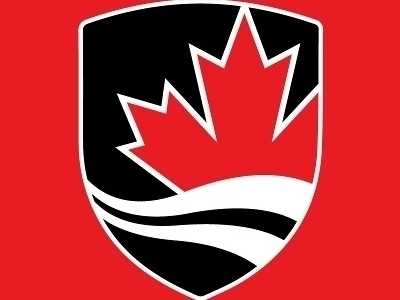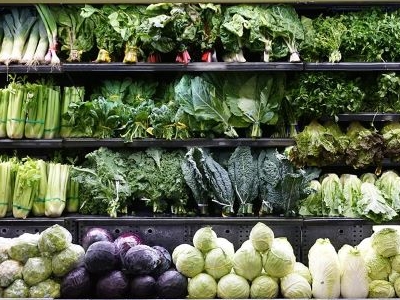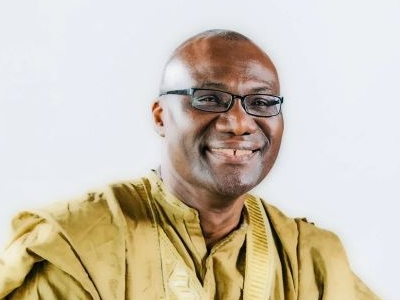Once you first notice them, you start to see them everywhere. Small black and white grids of seemingly random squares, QR codes are increasingly adorning newspapers, posters, signs and other everyday products.
And if Carleton entrepreneur Michael Ayukawa has his way, we’ll soon be seeing a lot more of them.
QR codes, or Quick Response codes, are modern barcodes. They can be read by mobile phones or similar devices that have a camera and a reader application.
Typically, a QR code is used to store Internet addresses that will open automatically in the phone’s Internet browser when the code is read. But, according to Ayukawa, an opportunity lies in using QR codes to link objects in the physical world to “cloud-based” services in the virtual world.
Ayukawa and his colleagues founded Cornerportal to discover opportunities in connecting physical objects to our expanding virtual world. Using their Scanzai social media app, users can read QR codes – either custom Scanzai tags placed by other users or any other QR code – to access or post data related to the location or object where the tag is located.
The uses are broad and wide ranging, but as an example of the Scanzai app in action, a Scanzai tag was placed next to artist David Fels’ sculpture-in-progress, made from a massive portion of a 200-year-old oak tree that grew near Carleton University. As the sculpture took shape, pictures were posted to record its progress and related comments, which are now all accessible through the Scanzai website or by using the QR code next to the sculpture. Details available here.
Scanzai is related to Ayukawa’s research as a graduate student in the Technology Innovation Management (TIM) program at Carleton University. In a recent article in the program’s journal, the TIM Review, he credited the program with changing his entrepreneurial worldview and introducing him to the theories of technology management, business ecosystems, and multi-sided platforms. He emphasized the “value to an entrepreneur of conceptual frameworks based on academic theory, rather than popular literature including management fads and entrepreneurial best practices.”
He also stressed the importance of the strong connections the program builds, both to the local business community and between the graduate students in the program. Cornerportal is part of Lead to Win, a business ecosystem designed to create jobs and attract investment into technology companies that operate in Canada’s Capital Region.
The Cornerportal team also benefits from the collective efforts of the TIM Innovation Lab, a group of graduate and undergraduate students working on innovative projects and ventures. Says Ayukawa, “The TIM program by no means guarantees anything, but we’ve made important connections and learned some things that should greatly improve the chances of success.”
As a Carleton student, Ayukawa was also eligible to pitch Cornerportal’s opportunity to the Ottawa Young Entrepreneurs (OYE) program. OYE recently received $1 million from the Ontario Centres of Excellence to foster student entrepreneurship in Ottawa’s post-secondary institutions.
Following a successful Dragon’s-Den-style presentation last month, Cornerportal was one of only two companies to obtain top marks from the OYE panel. Aside from bragging rights, Cornerportal also receives funding, mentorship, office space and other forms of support from Carleton’s initiatives within the OYE program.
“We will use the OYE support to fund three Carleton students to help with development work,” says Ayukawa, “It will also help us step outside the university environment and make stronger business connections. OYE is helping us take that step – it builds a bridge for us to take our opportunity beyond the university.”
(This story was written by Chris McPhee)
Update (Dec. 2): Scanzai can now help buyers of handcrafted goods connect to the micro businesses inThailand villages that produced them. For example, the buyer of a bamboo woven handbag would now be able to easily see the actual workers in the village that produced their bag. Ayukawa says: “This can create a new level of authenticity for the product.”
Monday, October 31, 2011 in Grad Student Research, News
Share: Twitter, Facebook








